After many years of freedom in terms of investments, justified by the digital transformation of their companies, Information Systems Departments must now limit and prioritize their expenses. If you are a CIO, do not be surprised to see your management controller turn up more regularly than usual in the coming months…
Controlling costs and IT priorities
The “open bar” or at least the rapidly growing budget allocated to IT, as it was before Covid1, is a thing of past. Companys’ objectives have changed: in an unstable geopolitical and economic context, they are now focusing on the essentials and taking care of their environmental footprint. These developments are reflected in the budgets of CIOs, who more than ever, are called upon to control their costs and expenses. Only a few strategic priorities, such as cybersecurity, have escaped this budgetary “belt-tightening”.

Whilst 2022 confirmed the continuing threat of cyber attacks, companies have internalized this strategic risk. They are therefore directing their investments towards cyber security, which is becoming the number 1 priority for CIOs for 2023. It will remain so for several years: this sector anticipates growth of 13.2% per year2.
Among their other priorities, CIOs will continue to support their companies’ strategic projects: R&D, AI, process digitalization, operational gains, etc. In passing, they will have to take advantage of it to gain flexibility or contain certain expenses. Migrating to the cloud reduces infrastructure operating costs.
The increase in energy costs has also been on the agenda of CIOs. Indeed, the share of digital technology in energy consumption is expected to double between 2017 and 2025, reaching 6% of the total3.
This is due in particular, to the production of digital tools, equipment (such as smartphones) and the growth of data centres, 50% of whose operating costs come from energy consumption4.
In a context of rising energy costs, we can only imagine the bill getting bigger. Controlling these costs and consumption will become a priority for the years to come.
Identifying unnecessary costs
In other words, the IT department is expected to operate with controlled and measured costs, without
compromising on its continuous business activity. “Doing more with less”, a challenge for CIOs.
In order to control the IT budget, the first step is to “clean up” the existing one by rationalizing the technology park. In particular, CIOs must identify unused and/or nonidentified resources (internal or external in the case of a service desk).
An inventory can allow a structure to identify unused equipment (tangible and intangible) that can be reallocated or deleted. This leads to a first level of budgetary control. In addition, easy access to cloud solutions has led to the proliferation of unnecessary applications and systems. Eliminating these redundancies helps reduce operating and maintenance costs, as well as exposure to criminal cyber attacks.
Another source of saving that has been identified: dark data5. This data collected and unused by companies, represents 52% of the data stored worldwide. While some can be valued, most are untapped and unusable (or even out of date). And they cost companies money: exactly two billion euros worldwide. Storage, energy… Dark data consumes unnecessarily. By their elimination, or at least placing them off-line via archiving systems, associated costs can be reduced.
The help of Business tools
In CIOs, the rationalization of existing assets will be a priority project. In this context, ITSM type tools, via their CMDB, can make an inventory of resources and know the actual use of each active IT. This is a great help to eliminate unused systems, software and other tools.
In addition, ITSM solutions facilitate the implementation of processes and the adoption of best practices, in accordance with the ITIL standard, thus avoiding the unnecessary spreading of resources. So no hidden and uncontrolled costs. For all these reasons, CIOs benefit from relying on ITSM tools to meet budget control objectives, their watchword for the coming months.
- https://www.channelnews.fr/les-depenses-it-francaises-devraient-progresser-de-55-cette-annee-a-176-milliards-deuros-109926 ↩︎
- https://securite.developpez.com/actu/340574/Les-depenses-mondiales-en-cybersecurite-vont-augmenter-de-13-2-pourcent-pour-atteindre-223-Mds-de-en-2023-dont-144-Mds-pour-les-prestations-de-services-et-79-Mds-pour-les-expeditions-de-produits ↩︎
- https://theshiftproject.org/wp-content/uploads/2021/03/Note-danalyse_Numerique-et-5G_30-mars-2021.pdf ↩︎
- https://www.usinenouvelle.com/article/la-crise-energetique-met-les-operateurs-de-datacenters-sous-pression.N2048897 ↩︎
- https://www.bfmtv.com/economie/entreprises/le-poids-colossal-des-donnees-noires-dans-les-entreprises_AN-202301150137.html ↩︎
Sales and Marketing Director at Combodo

